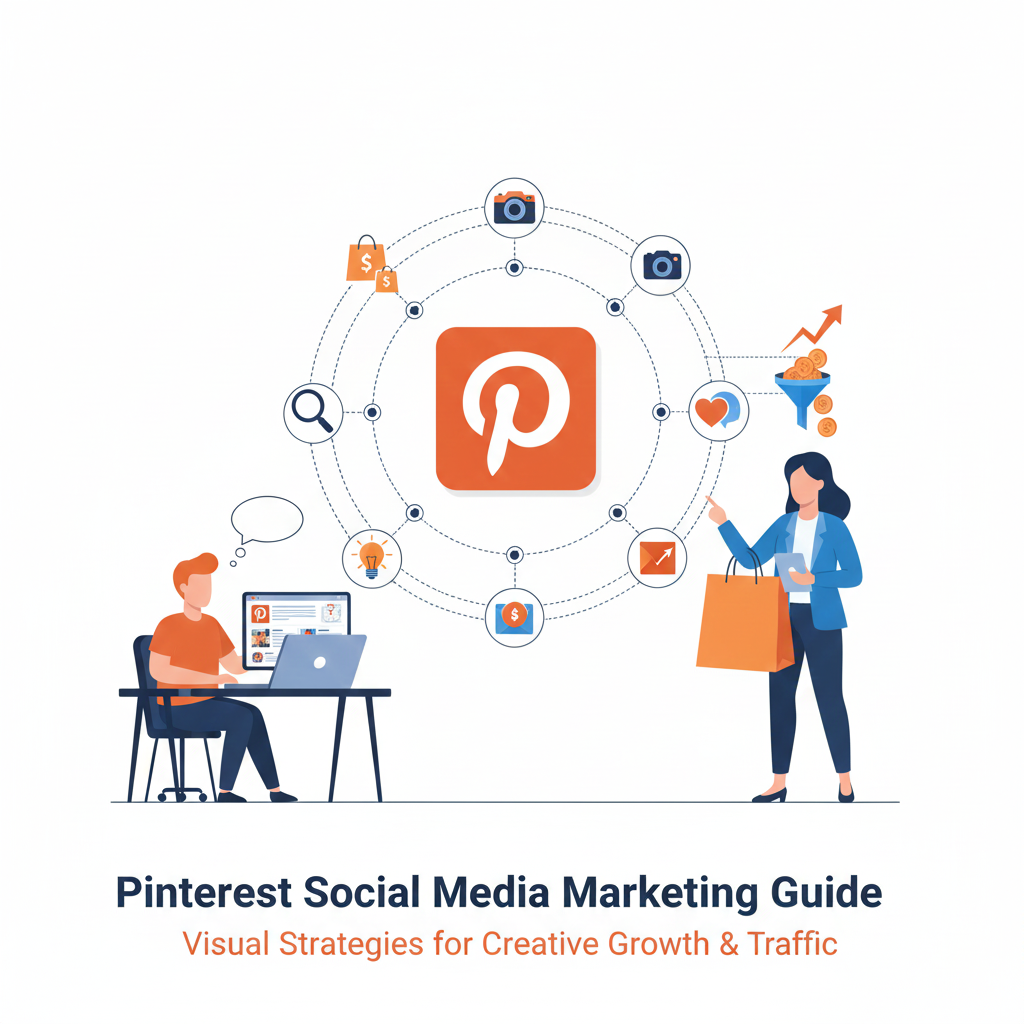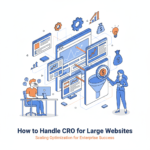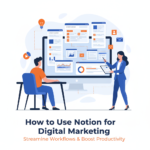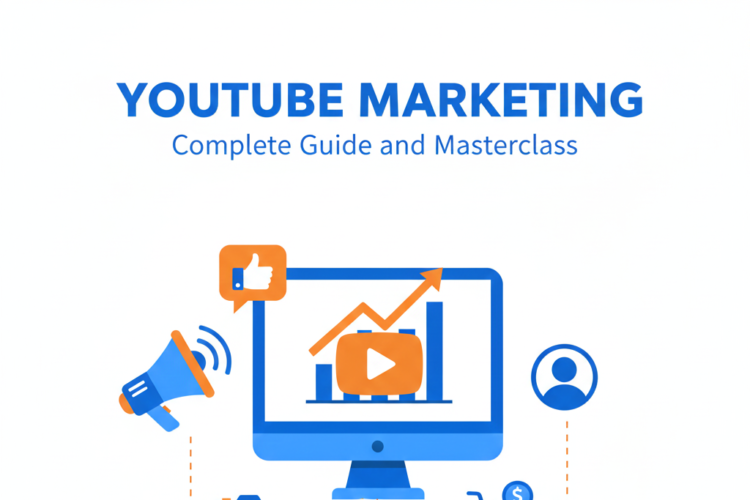
Pinterest Social Media Marketing Guide (In-Depth Explanation)
1. Why Pinterest?
Pinterest is different from platforms like Instagram or Facebook. It’s a visual discovery and planning tool that users turn to for inspiration before making decisions. People come here not just to socialize, but to discover ideas, plan projects, and make purchases.
Key Benefits:
High Purchase Intent: Users are often in “research” or “planning” mode, which means they are closer to conversion.
Evergreen Visibility: Unlike Instagram or TikTok where content fades fast, Pinterest Pins can drive traffic for months or even years.
Visual Search Engine: Pinterest uses SEO principles to index content. Optimizing for keywords can significantly improve visibility.
2. Pinterest Demographics & Stats (2025)
Understanding who uses Pinterest helps tailor your content and targeting.
Key Demographics:
Gender: Over 70% of Pinterest users are women, but male usage is growing.
Age: Popular among millennials and Gen Z (especially for home, beauty, DIY, and travel).
Geography: Strong presence in the US, followed by Canada, UK, and parts of Europe and Latin America.
Usage Behavior:
People use Pinterest to plan life moments—weddings, birthdays, travel, home renovations.
They also use it to discover everyday solutions—like weeknight dinners or workout routines.
Pinterest is particularly powerful during seasonal spikes like Christmas, Halloween, summer vacations, and back to school.
3. Setting Up for Success
✅ Convert to a Business Account
Gives access to Pinterest Analytics, Ads Manager, and tools like the Pinterest Tag.
Free and easy to set up; adds credibility to your profile.
✅ Optimize Your Profile
Username & Display Name: Add relevant keywords.
e.g., “@StyledSpaces | Home Decor Ideas”
Bio: Describe what you offer + key benefits.
e.g., “Modern DIY home ideas, decor hacks, and styling tips to inspire your next space.”
Website: Verify your domain to claim your content and access additional analytics.
✅ Rich Pins
Automatically pull metadata from your website into your pins.
Types: Article, Product, Recipe.
Benefit: Pins become more informative and clickable.
4. Pinterest SEO: Optimize for Discovery
Pinterest functions much like Google—keywords matter a lot.
Where to Optimize:
Profile Name & Bio: Add niche keywords.
Board Titles & Descriptions: Use specific, descriptive terms (e.g., “Boho Living Room Decor” instead of just “Living Room”).
Pin Titles & Descriptions: Add keywords users would type into Pinterest search.
Image File Names: Name your images before uploading, e.g., “boho-living-room-decor.jpg”.
Alt Text: Useful for accessibility and extra SEO.
Keyword Research Tips:
Use Pinterest Trends to spot trending terms.
Type a topic in Pinterest search and look at the auto-suggestions.
Use tools like Ubersuggest or Keywords Everywhere to cross-reference with Google search trends.
5. Creating and Curating Boards
Boards are thematic collections of pins.
Board Best Practices:
Title: Use clear, keyword-rich titles (e.g., “Minimalist Kitchen Design”).
Description: Explain what kind of content will be on the board.
Curation: Save content that aligns with your brand, even if it’s not yours. It improves relevance and searchability.
Minimum Pins: Have at least 10-15 pins per board to make it look full and active.
Keep boards organized and named for searchability, not just creativity.
6. Pin Design Tips
Pins need to stand out in the feed and compel clicks.
Ideal Pin Size:
1000 x 1500 pixels (2:3 ratio) – Pinterest prefers vertical pins.
Visual Best Practices:
Text Overlays: Use text to explain the value of the pin. Example: “10 Cozy Bedroom Makeover Ideas.”
Color Psychology: Warm, vibrant colors often outperform dull tones.
Fonts: Use clear, legible fonts—avoid overly script-heavy designs.
Branding: Subtle logo placement can reinforce brand recognition without clutter.
CTAs: “Click to Read More,” “Free Guide,” or “Start Today” can improve engagement.
7. Types of Pins
Each pin type serves a different purpose:
📌 Static Pins
Standard images with or without text overlay.
Best for articles, product links, blog content.
📽️ Video Pins
Ideal for recipes, product demos, tutorials.
Autoplay in feeds and can increase engagement.
💡 Idea Pins (formerly Story Pins)
Multi-page, interactive pins.
Good for showing step-by-step content (e.g., how-tos, DIYs).
Not clickable to websites yet, but great for brand awareness.
🛒 Product Pins
Pull real-time data (price, availability) from your store.
Direct users to product pages.
Essential for e-commerce brands.
8. Pinning Strategy & Scheduling
How Much to Post:
Pinterest rewards consistent activity over volume.
Start with 5–10 quality pins per day (mix of original + curated).
Scheduling Tools:
Tailwind: Automates pin scheduling, provides SmartLoop for recurring content, and analytics.
Pinterest Scheduler: Built into the platform; lets you schedule up to 100 pins 2 weeks in advance.
Best Times to Pin:
Evenings (8–11 pm) and weekends.
Test various times and review analytics to find your audience’s peak times.
9. Engaging Your Audience
Pinterest isn’t highly social like Instagram, but engagement still matters.
Engagement Tips:
Reply to comments on your pins.
Follow complementary accounts in your niche.
Repin others’ content to your boards (helps algorithm and community building).
Use Idea Pins for interactive storytelling—ask questions, share tips, offer value.
10. Pinterest Analytics
Available in your Business Hub, these insights help you refine your strategy.
Key Metrics to Watch:
Impressions: How many times your pins appear in feeds/search.
Saves: How often your content is repinned—shows value.
Outbound Clicks: Most important for traffic-based goals.
Engagement Rate: Combines clicks, saves, and other interactions.
Top Pins & Boards: Helps identify what’s working best.
Audience Insights: Learn about demographics, interests, and behaviors.
Use analytics monthly to adjust pin styles, content focus, and posting strategy.
11. Pinterest Ads (Promoted Pins)
Pinterest Ads can help boost visibility and conversions, especially for eCommerce.
Ad Goals:
Awareness: Reach new users with your brand.
Traffic: Drive visits to blog or product pages.
Conversions: Retarget users or drive specific actions.
Shopping: Promote your product catalog.
Video Views: Boost visibility of video pins.
Targeting Options:
Keywords: Show your ads to users searching specific terms.
Interests: Broader targeting based on behavior.
Customer Lists: Upload emails for retargeting.
Actalike Audiences: Pinterest’s version of Lookalikes.
Retargeting: Target people who visited your site or engaged with your pins.
12. Best Practices for Success
Design Mobile-First: 80%+ of users access Pinterest on mobile.
Repurpose Content: Turn blogs, YouTube videos, or IG posts into pins.
Create Seasonal Content: Plan ahead (e.g., publish Christmas content in October).
Use Alt Text: Enhances accessibility and indexing.
A/B Test Creatives: Try variations of pin designs to see what converts best.
13. Pinterest for E-commerce
Pinterest is a powerful platform for product discovery.
Must-Do Steps:
Set Up Pinterest Catalogs: Sync your product feed.
Enable Product Rich Pins: Pull in real-time product data.
Create a Shop Tab: Lets users explore your products natively.
Run Shopping Ads: Target users who show buying intent.
Install Pinterest Tag: Track behavior and conversions on your website.
Supported Platforms:
Shopify, WooCommerce, Magento, BigCommerce, etc.
14. Tools to Supercharge Pinterest Marketing
| Tool | Purpose |
|---|---|
| Tailwind | Scheduling, analytics, SmartLoop |
| Canva | Easy pin design with templates |
| Pinterest Trends | Discover rising topics and keywords |
| Google Analytics | Measure Pinterest referral traffic |
| Pinterest Tag | Conversion tracking for ads |
| Ubersuggest | Keyword research |
| Later / Buffer | Alternative scheduling tools |
15. Bonus Tips for Growth
Balance evergreen + seasonal pins.
Use storytelling in Idea Pins to build connection.
Repurpose blog posts into multiple pins.
Embed Pinterest boards on your website/blog.
Promote high-performing pins via Pinterest Ads.
Use Pinterest to build your email list with lead magnets.
Author



